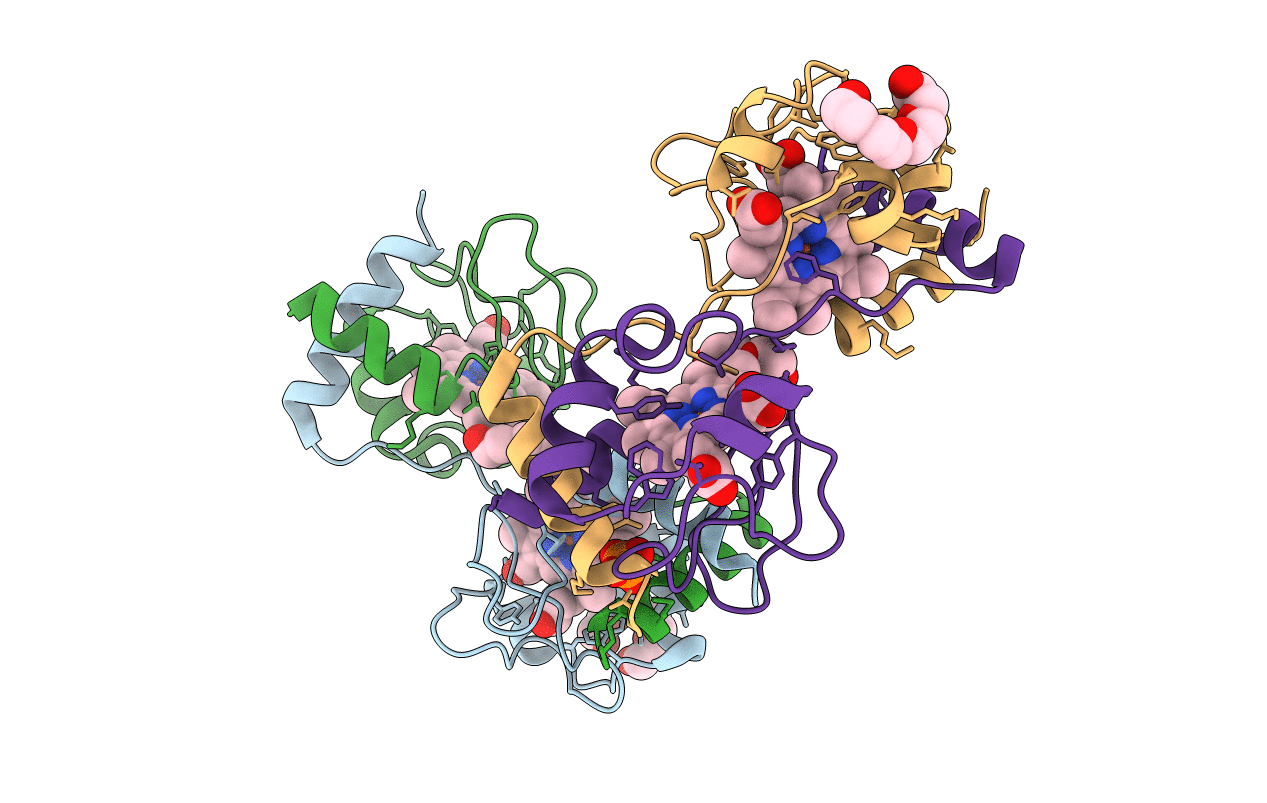
Deposition Date
2010-06-04
Release Date
2010-07-14
Last Version Date
2024-10-16
Entry Detail
PDB ID:
3NBS
Keywords:
Title:
Crystal structure of dimeric cytochrome c from horse heart
Biological Source:
Source Organism:
Equus caballus (Taxon ID: 9796)
Method Details:
Experimental Method:
Resolution:
2.20 Å
R-Value Free:
0.27
R-Value Work:
0.21
R-Value Observed:
0.21
Space Group:
P 1


